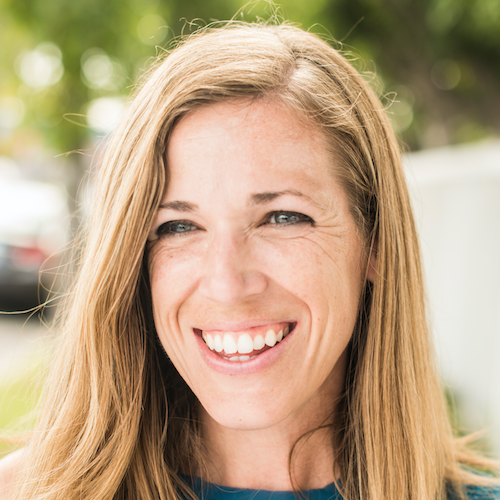
We all know the stats: by 2035, one in three households will be headed by someone aged 65 or more years and the population aged 80 or more years will double to 24 million.
In the past, many have focused on the overall lack of senior housing to be the major crisis facing our nation. I’d argue, however, that the crisis isn’t just a lack of housing; it’s a lack of housing that our aging population actually can afford.
According to a A Place for Mom, the average cost nationally for a private assisted living facility is almost $4,000 per month. That cost increases to more than $6,000 per month for private nursing home care. Compare those costs with the fact that almost half of adults aged 65 or more years have just enough income to afford basic expenses.
According to a study by the Joint Center for Housing Studies and Harvard University, almost 40 percent of aging homeowners have less than $50,000 in savings, not including the value of their homes. At that rate, paying for a home health aide or assisted living care would exhaust their non-housing savings within a year. Even more alarming: the typical older renter would exhaust his or her assets within just two months.
The New York Times recently published an article noting that quality housing opportunities are plentiful for older people at the highest end of the economic spectrum. For both the middle class and lower class, however, it’s a whole different ballgame.
Not surprisingly, many in the industry are more focused on high-value communities. The new trend is toward spa-like facilities that offer everything from on-site massage and pet therapy to personal beach access. Jimmy Buffett’s new Margaritaville communities in Florida, for instance, come at an investment price-tag of $1 billion. Unfortunately, these places are not where most of our aging family members will be calling home.
Still, public housing is not a likely solution either. In Chicago, the waiting list for public senior housing is more than two years in some areas. In New York, it is more than four. In Philadelphia, the list capped with a waiting list of 104,000. At that rate, many prospective residents will die before their name makes it to the top of the waiting list. As the New York Times article noted, the country needs a new paradigm for caring for older generations.
That includes the following:
More affordable housing options. Not surprisingly, many are focusing on building high-end private-pay communities because that is where the money is. It’s our responsibility as members of the marketplace to add affordable housing to our project lists. If you’re able, get involved in lobbying for tax credits to ensure that more projects are possible.
Bringing housing to more livable markets. According to A Place for Mom, the average cost of a one-bedroom unit in an urban assisted living facility is 15% or more than non-urban areas. Developers and operators, however, often focus on primary markets, which are more expensive to rent than secondary and tertiary ones. Dan Brewer, chief fund manager at Senior Living Fund, says these smaller markets tend to perform as well or better than primary markets in terms of investment potential because it’s more difficult for these communities to find financing. Therefore, tremendous need — and opportunity for operators and developers — still exists to create quality, low-cost housing in these more livable areas.
Getting creative with developments. Studies show that one of the most important parts of preserving longevity in aging adults is to keep their social lives healthy. One of the best ways to do that is to find creative ways to link their lives with others in the community, either through intergenerational or multigenerational housing or other co-living opportunities, community social activities, continuing education programs and volunteer programs.
Focusing on accessibility. Aging 2.0 has brought a new era of tech awareness to the growing longevity economy. We need to do even more, however. We need to make these technologies a part of every development we build and make apps focused on connection and independence accessible to every member of our communities.
The crisis in senior housing is not one that can be fixed by new construction alone. To truly help our seniors, we need to focus on building housing that is affordable, accessible and available when they need it. We need to look past potential profits to see the full end-game. After all, we are all the aging population. We need to treat our older community members exactly as we would want to be treated ourselves.
Jess Stonefield is a contributing writer on aging, technology, senior care, housing and the greater longevity economy for publications such as Forbes.com, Entrepreneur and CNN Money. She is passionate about impact investing and the greater concept of “equitable equity” — spreading wealth to all levels of our society.
McKnight’s Senior Living welcomes guest columns on subjects of value to the industry. Please see our submission guidelines for more information.




